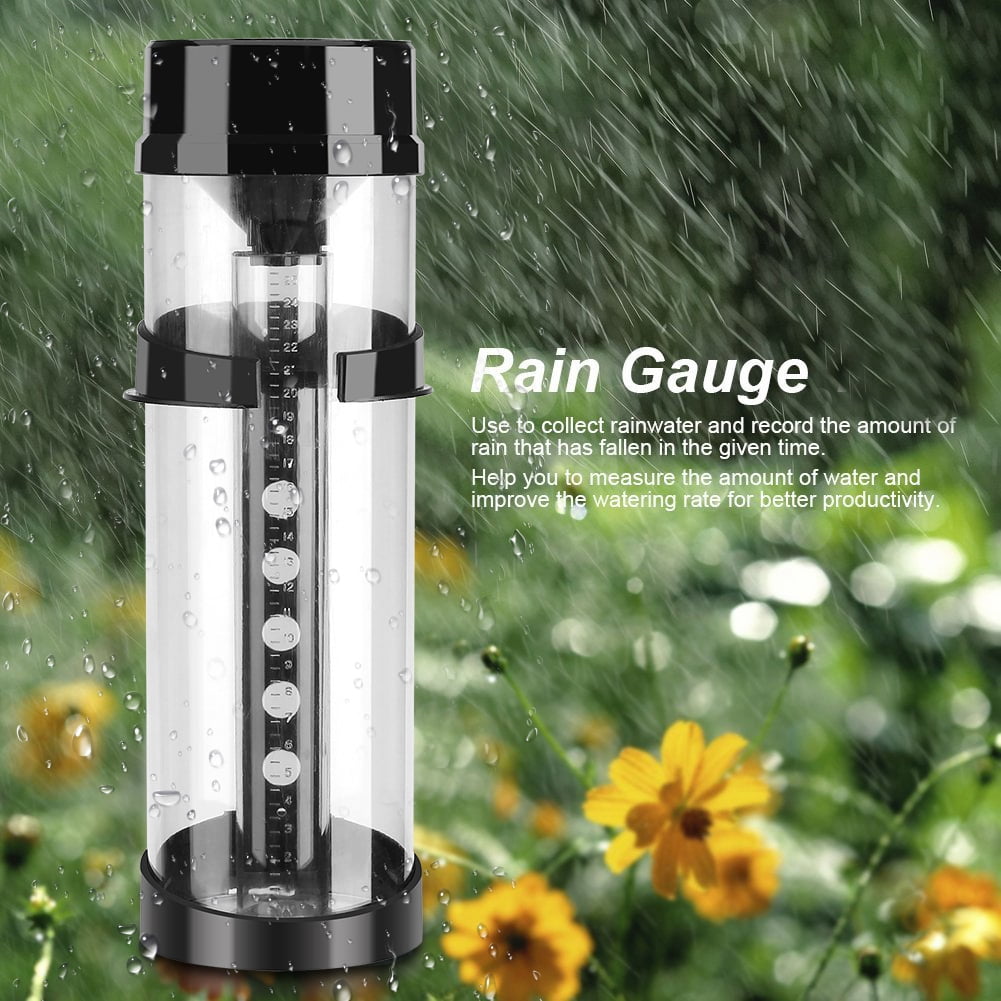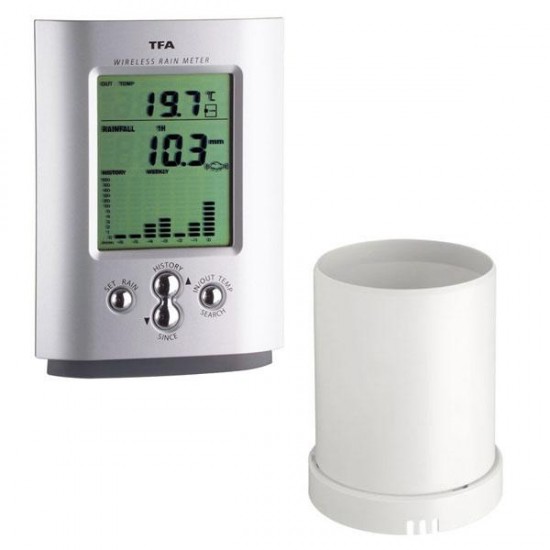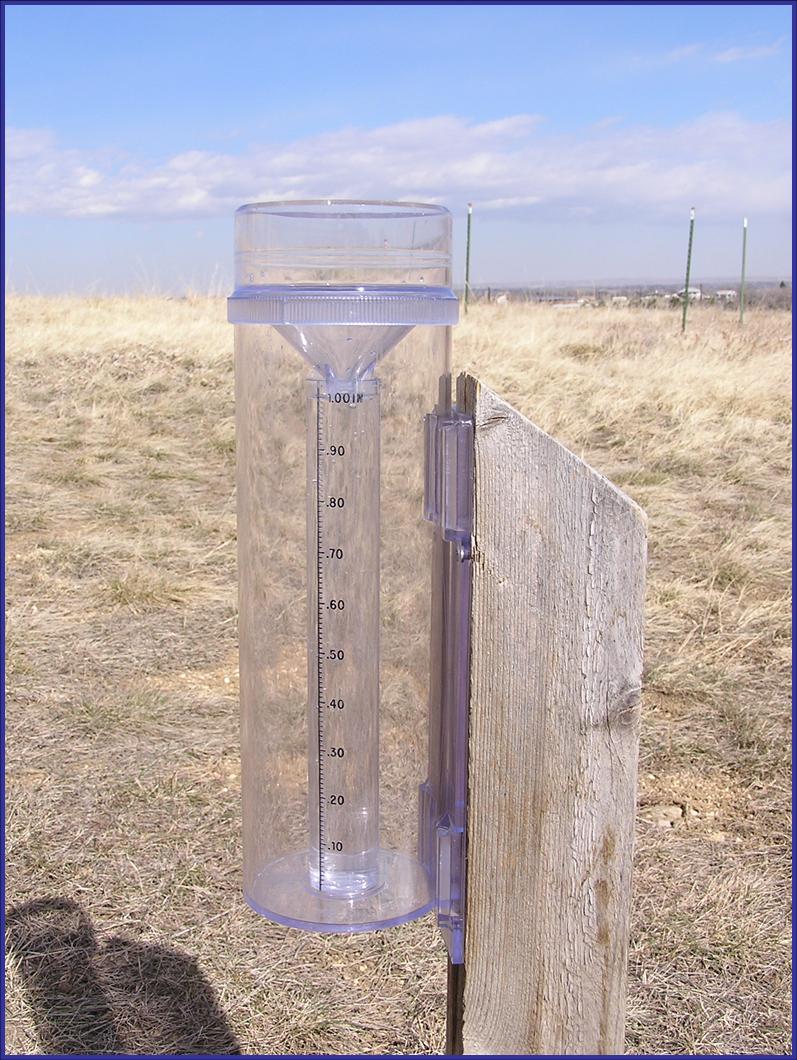

The instrument has an unembellished design that consists of a collection container that is placed in an open area that will serve the purpose of a recipient. It is also known by the names of udometer, pluviometer, and ombrometer. The measurement units are the same.Rain Gauge is a meteorological instrument that is used by meteorologists and hydrologists to measure the rain precipitation in a given amount of time per unit area.

For this purpose, optical disdrometers use a laser and various light-sensitive elements. Some disdrometers can measure types of precipitation such as snowdrops, and hail. Photo: Disdrometerĭisdrometer or optical disdrometer is used to determine the drop size distribution (distribution of the number of raindrops according to their diameter) and velocity of falling hydrometeors (any particulates of liquid or solid water in the atmosphere). Unlike rain, which is measured in millimeters, snow is commonly measured in centimeters and inches. It is important to know that the correct data collection and measurement of precipitation is greatly affected by wind, which can carry water or snow out of the bowl. Like the latter, it looks like a small device with a bowl to collect rain or snow, respectively. Rain gauge as part of weather station in Aktobe, Kazakhstan, Central Asia / Windy.app Snow gaugeĪ snow gauge is almost the same weather instrument as a rain gauge, but for measuring solid precipitation. The standard US National Weather Service rain gauge is developed at the beginning of the 20th century but it is believed that the first gauge called Cheugugi was invented in Korea in 1441. There are several main types of rain gauges: graduated cylinders, weighing gauges, tipping bucket gauges, optical rain gauge, and others. Rain gaugeĪ rain gauge also known as an udometer or pluviometer or hyetometer measures the depth of liquid precipitation in mm / inches over a set period of time in a particular place. In this article, let's understand what precipitation measurement instruments are and how they work, so you know what to use next time to measure the rain or snow on your own.


But there is more than one instrument for measuring rain, snow, sleet, hail, and other types of precipitation, considering that this is probably the most diverse weather parameter. Rain gauge is the most common of these tools. You can call them gadgets or devices in a modern way. We collect precipitation data with various instruments. Figuratively speaking, it is followed by the larger central part - the weather model that makes the forecast, and the base - the meteorological data about precipitation. The precipitation forecast you see in the weather app or the website is just the tip of the iceberg.


 0 kommentar(er)
0 kommentar(er)
